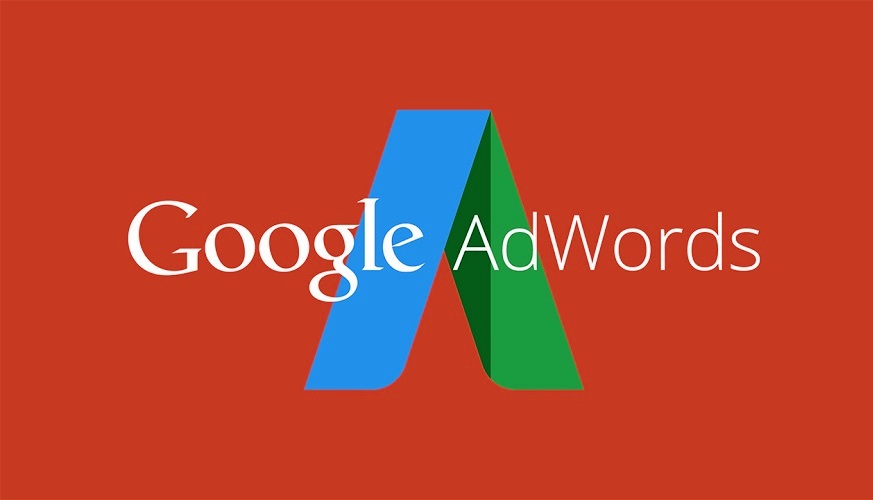Google Adwords Statistics and Best Practice
Google is so much part of our everyday lives that it makes sense that businesses advertise on it to find new customers. Whether it’s gigantic multinationals or local tradespeople, Google’s search algorithms do an amazing job of matching searches with relevant ads and then serving them all up on the results page.
But just how effective are Google Adwords (or just ‘Google Ads’ after a recent rebrand) and what is the best way to use them?
Google Ad Statistics
In terms of effectiveness, Google Ads are hard to beat. In fact, they have a ‘click through’ rate of about 8% which means that of every 100 ads, 8 are clicked on by browsers. That might not sound like much but if compares very favourably to other methods like email marketing or in-person marketing like print media.
In addition, paid ads get about 65% of all clicks, compared to other types. YouTube (a Google-owned company) is equally impressive, with about four out of 10 consumers saying that they’ve made a purchase based on something they’ve seen in a Google Ad.
Best Practices
Of course, with about 20 years of history and learning to go on, there are some ‘best practices’ that have emerged when it comes to Google Ads. They are worth paying attention to, since every click and impression costs an advertiser money, getting this right means that your ad dollars will stretch further and reach more of the right people.
Don’t Be Too General
You don’t want your Google Ad search terms to be too general. If these terms are too general, then your ad will appear in front of audience that aren’t suited to your product or service. It’s kind of like shooting your bullets are the wrong target. So, for a shop that sells furniture suitable for coastal homes rather than ‘furniture retailer’ a more specific Google Ad term would be ‘outdoor and coastal themed furniture retailer’.
Pay Attention to Quality
This might sound obvious, but Google actually quantifies how high your ‘quality score’ is based on what they want to see. Since Google is the party that will determine where your ad will rank, it makes sense to listen to their feedback.
Middle of the Path
You should think of your ad as just one part of the path that leads to a sale at the end of the path. The ‘middle’ of that path is the page that a customer would ‘land’ on once they clicked the Google Ad. Make sure that what is on your ad matches that landing page, otherwise people who arrive there are likely to click away, which is a waste of your ad dollars.




